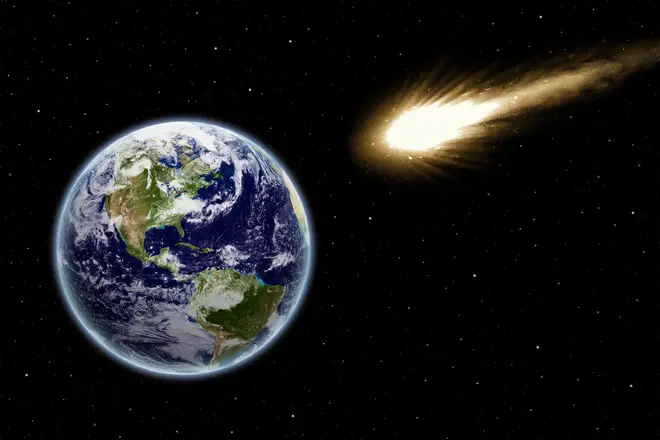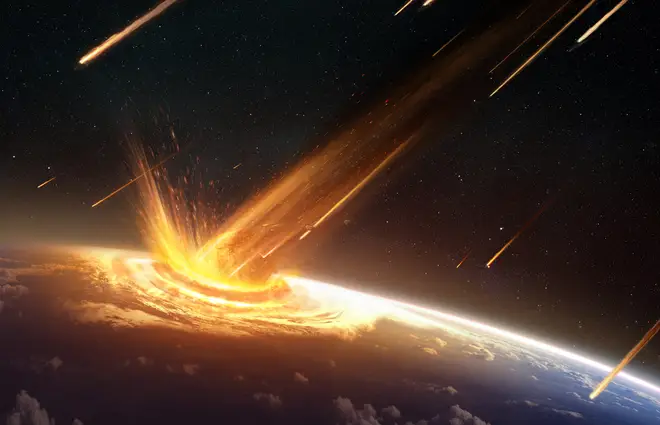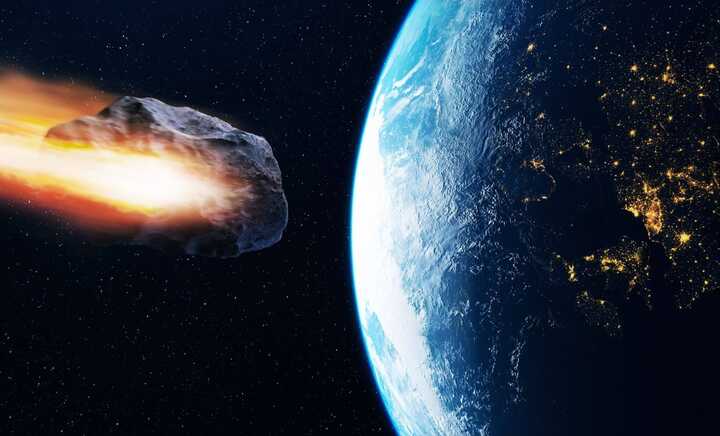A NASA scientist has forecasted the potential impact location on Earth of a massive asteroid that might collide with the planet in seven years.
The asteroid, which is named 2024 YR4, currently has a one-in-43 (2.3%) chance of hitting Earth in 2032. It is believed that the asteroid could be 90m (300ft) wide - the size of Big Ben.
David Rankin, a scientist at NASA’s Catalina Sky Survey Project, has projected a "risk corridor" for the asteroid that shows a large stretch of the Earth that could be hit.
The "risk corridor" stretches from South America, across the Pacific Ocean, across south Asia, the Arabian Sea and Africa.
Specific countries that may face impact include Venezuela, Colombia, Ecuador, India, Pakistan, Bangladesh, Ethiopia, Sudan and Nigeria.
Where it may eventually end up hitting would depend on the rotation of the Earth at the moment of impact.

Meanwhile an international team are using the James Webb Space Telescope to determine the damage it could do.
The Tunguska asteroid, hitting Siberia in 1908, was also similar size and destroyed 830 square miles of forest.

2024 YR4 was first discovered in December 2024 by the Asteroid Terrestial-impact Last Alert System station in Chile, funded by NASA.
Back then, it had a 1.3% probability of hitting earth but it was still the top of NASA’s risk list.
It is estimated that the asteroid could flatten structures for up to two miles in any direction from the impact size.
It is believed that size estimates could be incorrect.
Determining the size of the asteroid involves looking at it through a powerful telescope, and figuring out the size through the brightness of the light reflected from its surface.
A spokesperson from the European Space Agency said, to the Daily Mail: "Astronomers around the world are using powerful telescopes to measure the asteroid’s orbit as accurately as possible. But knowing its orbit will only tell us the asteroid could impact Earth, not how significant an impact could be.
"It is very important that we improve our size estimate for 2024 YR4: the hazard represented by a 40 m asteroid is very different from that of a 90 m asteroid," ESA added."
The James Webb Space Telescope will solve this problem, as it uses infrared sensors to look at the heat radiating off the asteroid - giving them a more accurate estimate of size.
Read more similar news:
Comments:
comments powered by Disqus


































